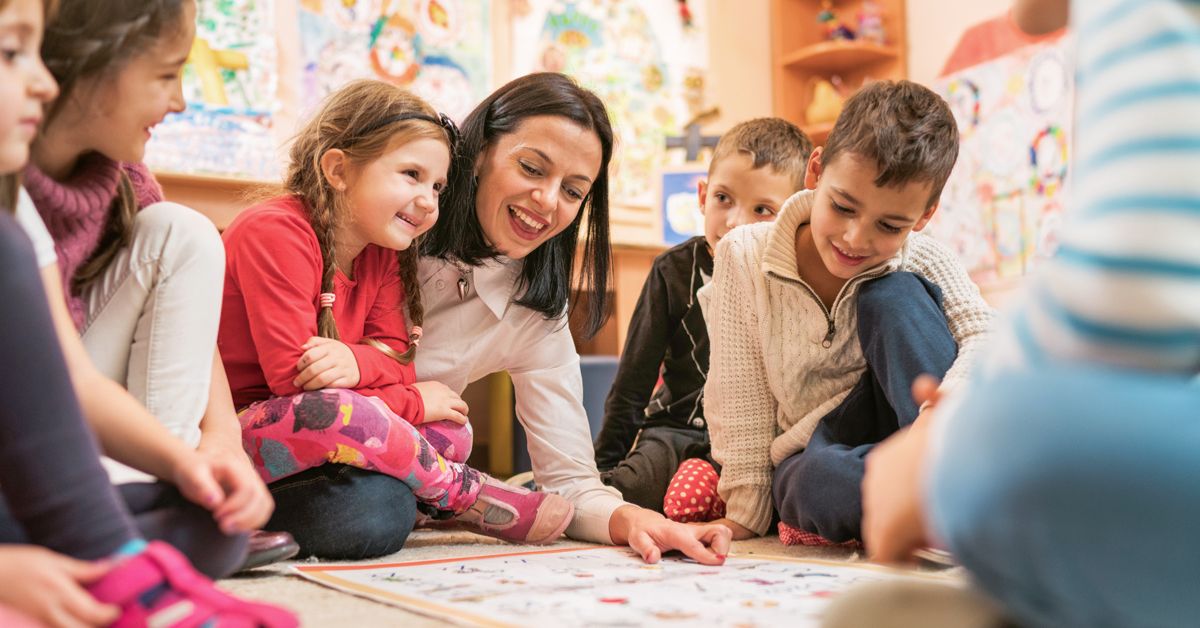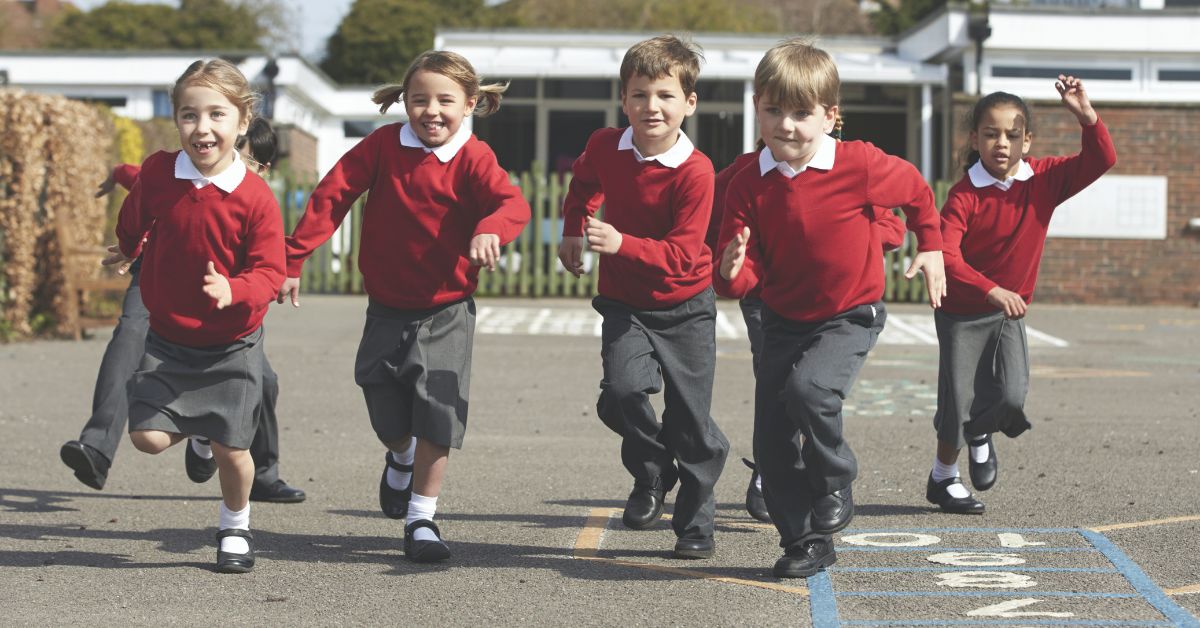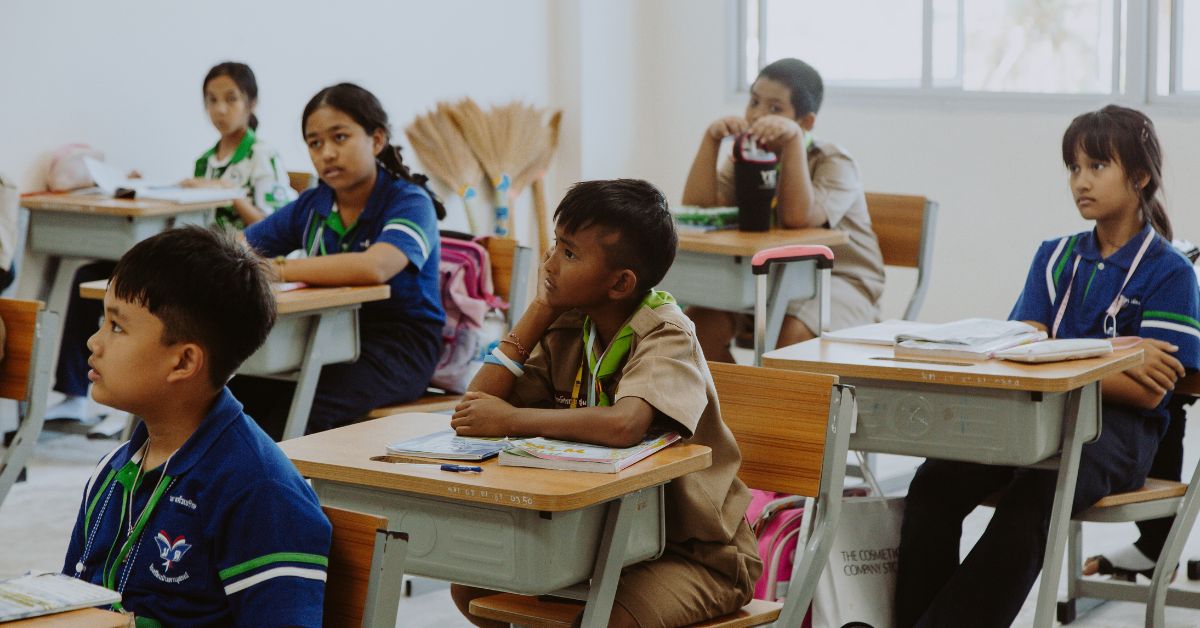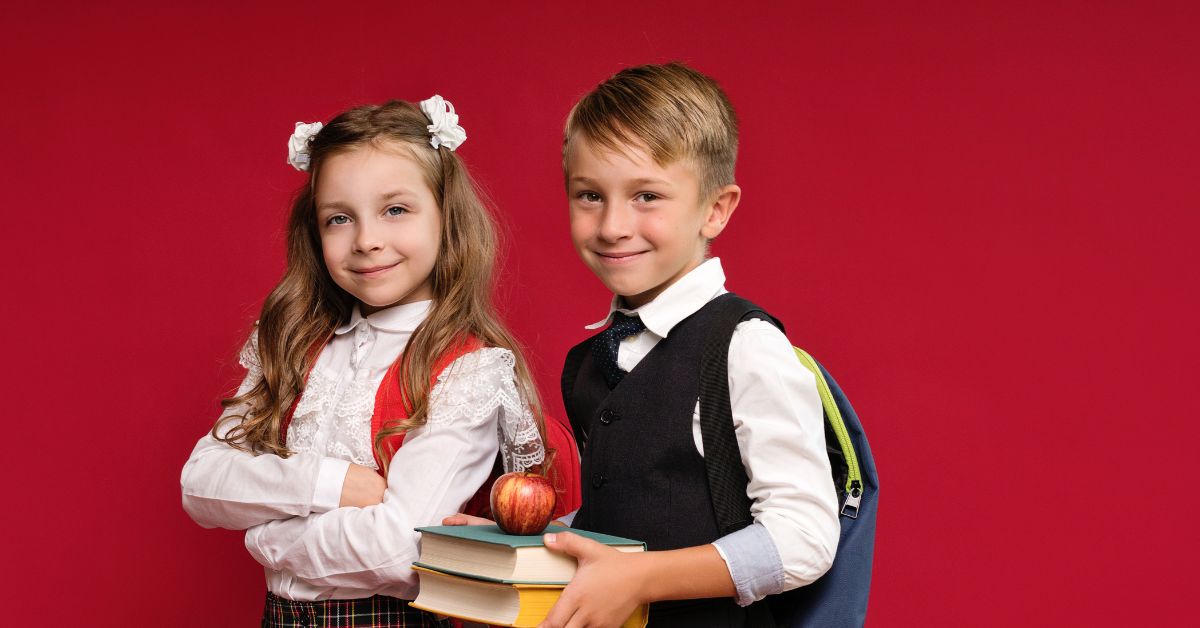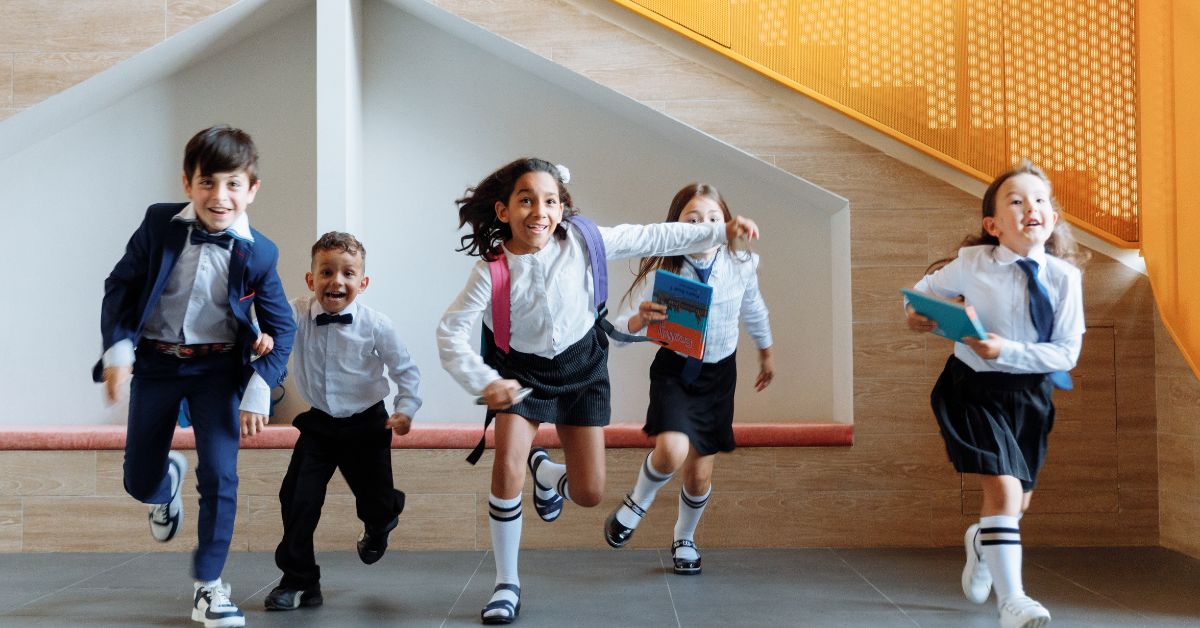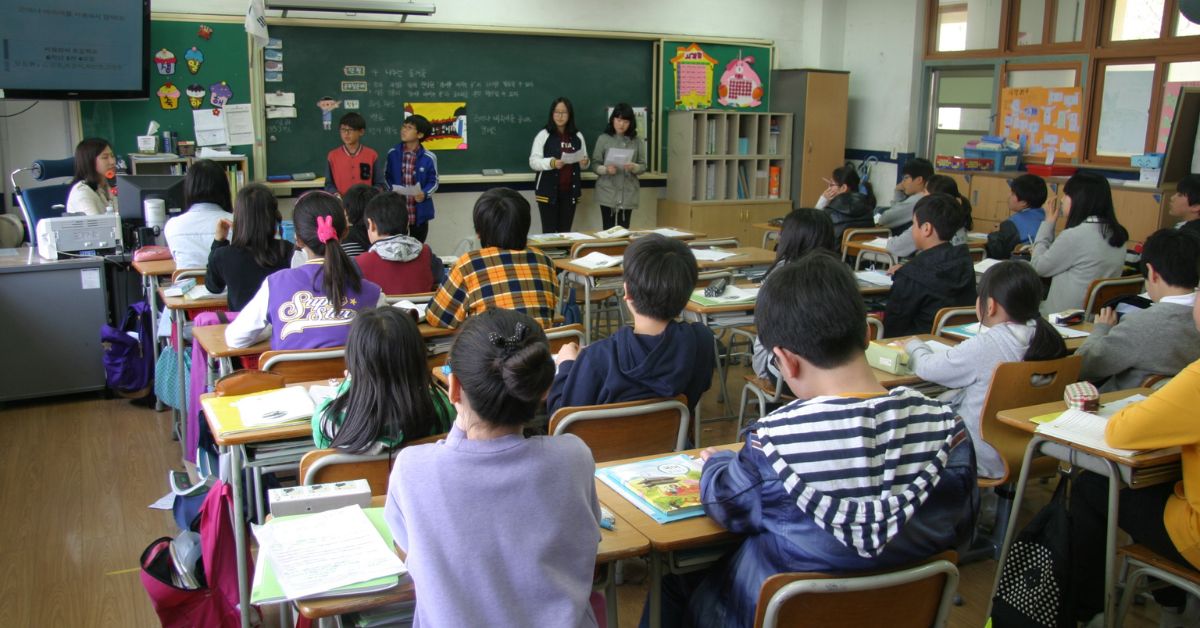Young people are stepping up in big ways to protect the planet. From planting trees to speaking at global events, students are using what they learn in school to fight climate change and make their voices heard.
Across Vermont — and around the world — students are turning lessons into action. Let’s explore how they are learning about the environment and taking real steps to make a difference.
Learning About the Environment in School
Many schools today teach more than just reading and math — they also teach about the climate and how to care for the Earth. In these lessons, students learn about:
- Global warming and rising temperatures
- Recycling and reducing waste
- Renewable energy like wind and solar
- Protecting forests, oceans, and wildlife
When students understand what’s happening to the planet, they’re more ready to do something about it.
Taking Classroom Ideas Into the Real World
In Vermont and beyond, students are turning what they learn into real-world action. Here’s how:
1. School Gardens and Composting
Students grow food, plant flowers, and compost leftovers to reduce waste and support local farming.
2. Clean-Up Events
Schools organize clean-ups at parks, rivers, and neighborhoods to remove trash and protect wildlife.
3. Energy Projects
Some students help schools go solar or learn how to save energy by using lights and heaters more wisely.
4. Climate Clubs
Students form groups to plan projects, raise awareness, and even attend climate rallies or town meetings.
Why Student Action Matters
Even small actions by students can have a big impact. When kids speak up, adults listen. Students:
- Inspire their schools to make greener choices
- Push for changes in their towns and cities
- Teach others by setting a good example
Many student-led projects have led to real change — like switching school buses to electric or starting local recycling programs.
How Teachers and Schools Support Climate Action
Vermont teachers are encouraging students to take charge. They help by:
- Teaching climate science in fun, engaging ways
- Giving students time and tools for environmental projects
- Bringing in guest speakers and planning field trips
- Supporting student ideas, even outside the classroom
This support helps students feel confident and take action with purpose.
Vermont Students Leading the Way
Here are a few real examples from Vermont:
- Burlington students designed a climate-friendly school lunch menu using local ingredients.
- In Montpelier, kids organized a walk-to-school challenge to cut down on car pollution.
- A high school group in Brattleboro helped create a solar charging station for bikes and phones.
These projects show that students don’t have to wait until they’re older — they can start now.
What Students Say
Many students say working on climate projects makes them feel:
- Empowered
- Hopeful
- Responsible
- Connected to nature and their community
They know that even small steps — like saying no to plastic or biking instead of driving — can help protect the Earth.
The Bigger Picture: Local to Global
While Vermont students are doing amazing work, they’re also part of a global youth movement. Around the world, young people are:
- Speaking at the United Nations
- Organizing climate marches
- Demanding cleaner energy from leaders
From the classroom to the climate stage, students are making their mark.
Conclusion
Students everywhere — including in Vermont — are showing that age doesn’t matter when it comes to making a difference. With strong support from schools and teachers, they are learning about the planet and using their voices to protect it.
From growing gardens to cleaning up rivers, student actions are helping build a cleaner, greener future — one step at a time.

